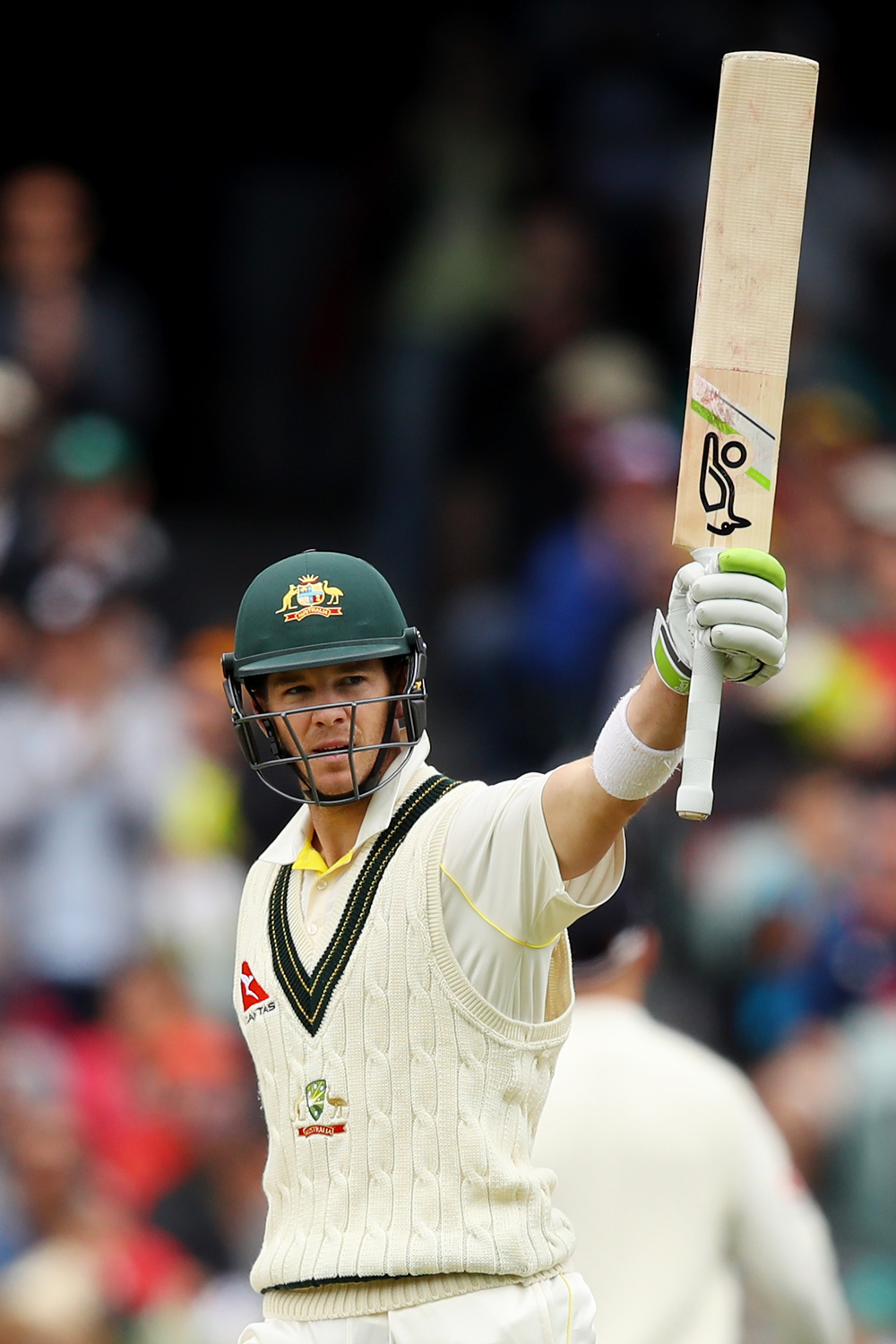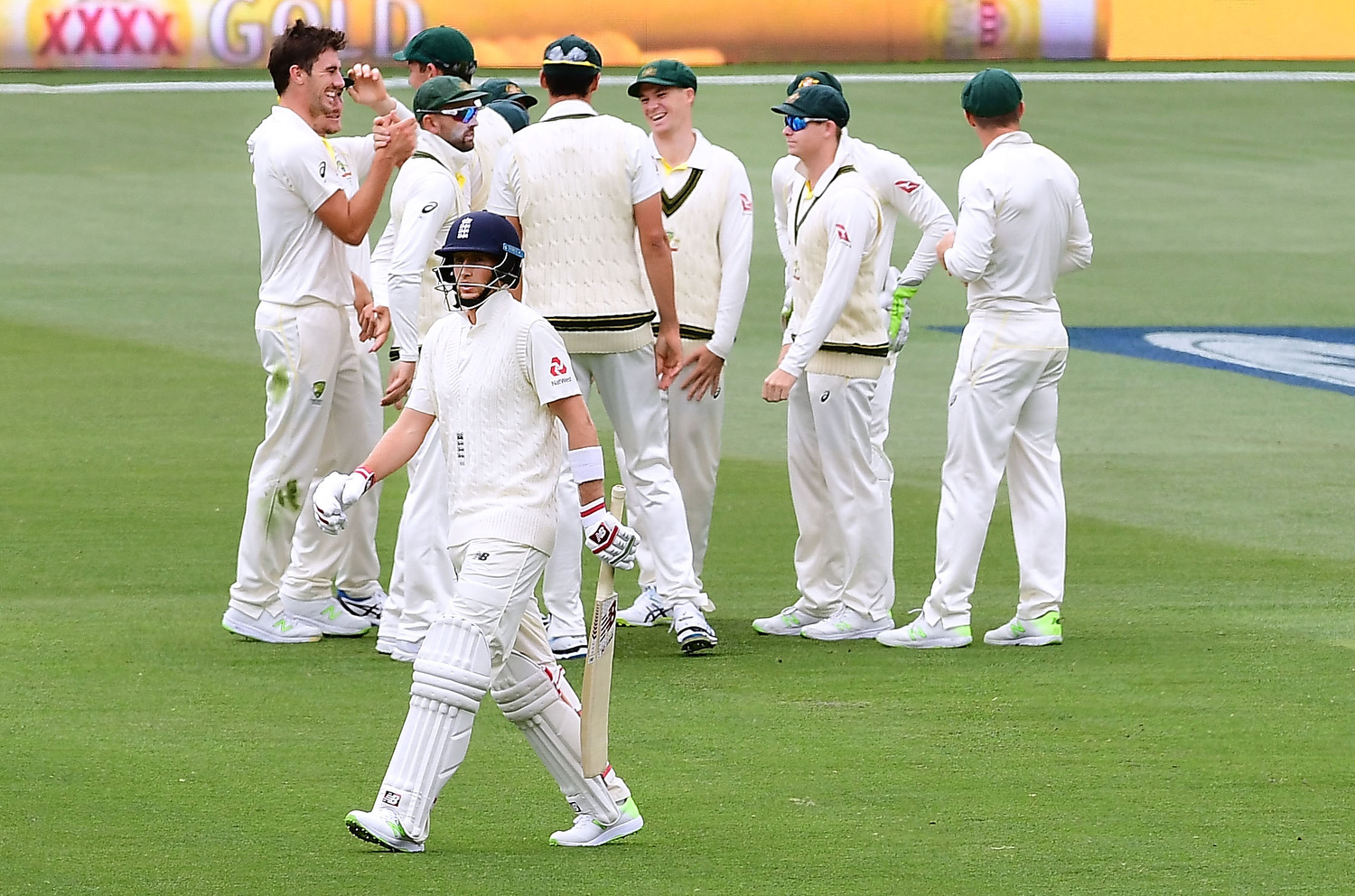GETTING INTO – or back into – the Australian cricket team is one thing, staying there quite another. But that has quickly become a non-problem for the latest inclusions, writes RON REED:
MOST OF ADELAIDE’S accommodation establishments have the “no vacancy” sign up as the city enjoys its most convivial weekend of this and every other year, which is all to do with the cricket. The City of Churches, where the magnificent cricket (and footy) stadium is little more than a six hit from the imposing cathedral that hosted Sir Donald Bradman’s funeral, turns on an event with an ambience and atmosphere like no other cricket venue, anywhere in the world. There are so few beds available that punters have been spotted sleeping in cars, even the back of a farm ute, parked in nearby streets. Quite where some of the less well-heeled members of England’s travelling Barmy Army lay their weary heads after a long day’s, and night’s, drinking, singing and sledging is anyone’s guess but they’re a hardy lot. Every pub you pass within a kilometre of Adelaide Oval has a contingent of them – and that’s on the way to the game, as well as on the way home from it. That’s one of day-night cricket’s advantages or disadvantages, depending on your perspective.
All of which is a roundabout way of suggesting that here is one other “no vacancy” sign that might be going up soon. That will be on the door of the Australian dressing room. It wasn’t there three weeks ago when the selectors were mulling over who to entrust with the task of regaining the Ashes – there proved to be room for three people to walk in and make themselves at home, and Cameron Bancroft, Shaun Marsh and Tim Paine have all done exactly that – well enough that although this is still very early in the campaign, it seems unlikely they will be moved on any time soon.
Bancroft got good second innings runs in Brisbane and was dead stiff to be run out cheaply in Adelaide but in any case he was identified some time ago as an authentic prospect and will not be discarded prematurely whatever happens in the short term. Paine’s half-century was the highlight of Sunday afternoon despite Marsh’s much longer and more substantial contribution. The veteran Tasmanian wicketkeeper, whose selection was controversial partly because he doesn’t bat big very often, got his 57 runs aggressively, at a tricky point in proceedings, against much improved bowling from the touring pacemen and in some discomfort for a fair while after being hit twice on the same finger that was broken years ago, costing him his place in the Test team then. Just when England had their first real sniff of making captain Joe Root’s decision to bowl first look half workable, he wrenched the momentum back Australia’s way, and it never again looked being surrendered. With the exception of one difficult dropped chance in Brisbane, his glovework was impressive so he is here for, well, keeps as well.

Marsh has now passed 50 and 100 in his only two innings of the campaign for once out, much to the surprise and perhaps even the mild chagrin of the many fans around the country who have lost respect for him and his brother Mitch because they are both perceived to have been given more than enough chances to lock down their Test spots without ever being quite able to do it. This innings might change a few of those closed minds. It certainly deserves to. The sedate left-hander was extremely lucky to be reprieved by a television review when he was given out lbw to James Anderson on 29 – it looked plumb enough at first sight to cast doubt on the accuracy of the replay system – but the rest of his long innings, played both in the dark and in daylight, was a model of unflappable concentration, his 100 taking more than 3 ½ hours and 213 balls. It was his fifth in Tests, the first against England and probably for that reason alone, his most satisfying. His eventual 126 not out took Australia to 8-442, keeping England in the field for almost two full days and then consigning them to the enormous challenge of batting under lights without a chance to get their eye in during daylight, as well as making Root’s gamble look like a naive embarrassment.
The one hot – well, warmish – seat remaining in “the sheds,” as captain Steve Smith refers to the inner sanctum, now belongs to Peter Hanscomb, who was the only one of the first seven batsmen to surrender his wicket to a bowler for less than 40, falling lbw to Stuart Broad third ball of the day for 36. For the first time since he began his Test career last summer with a flurry of two hundreds and two half-tons, his average has dropped fractionally below 50. At 49.56, it is still excellent, of course, but it is enhanced by five not outs and in the period since that golden start he has passed 50 only twice in 14 innings at an average of 32. It has been a busy period, moonlighting in county cricket, taking over as captain of Victoria – a task that has also involved doing all he can to provide team-mate Glenn Maxwell with ample opportunity to bat himself back into the baggy green – and, for good measure, playing a role in the sledging wars that have been a feature of the series so far. He has no reason to be too nervous just yet – he is part of a unit that has taken only one innings to lock the tourists out of the game – but a big innings certainly wouldn’t go astray. He doesn’t want to find himself out in the street sleeping in a ute.
RON REED has spent more than 50 years as a sportswriter or sports editor, mainly at The Herald and Herald Sun. He has covered just about every sport at local, national and international level, including multiple assignments at the Olympic and Commonwealth games, cricket tours, the Tour de France, America’s Cup yachting, tennis and golf majors and world title fights.



Discussion about this post